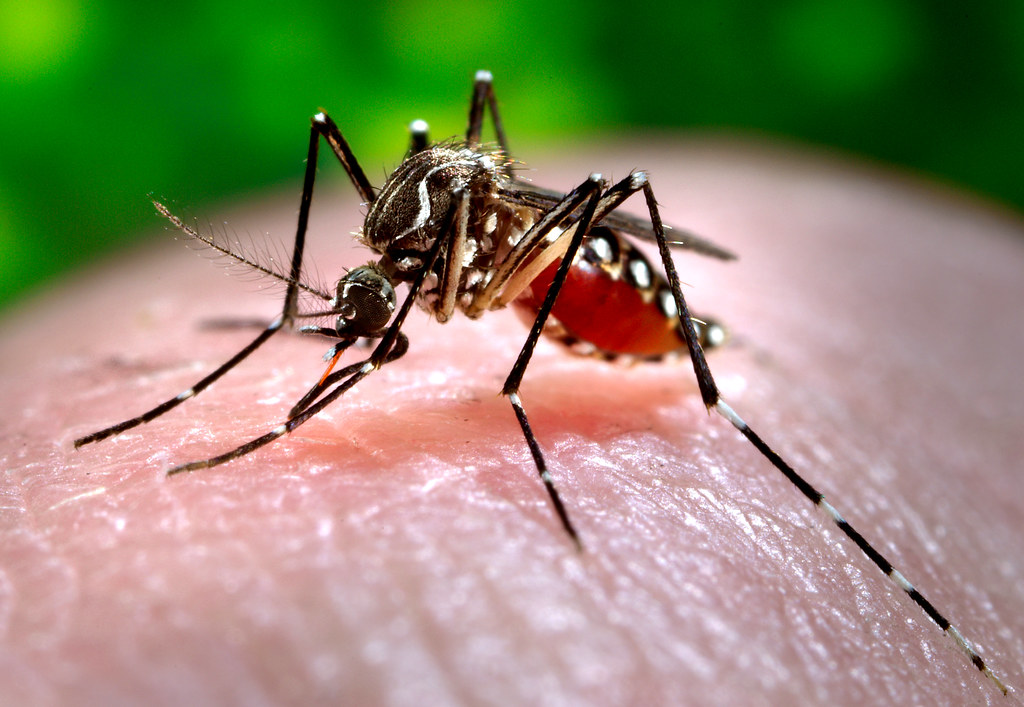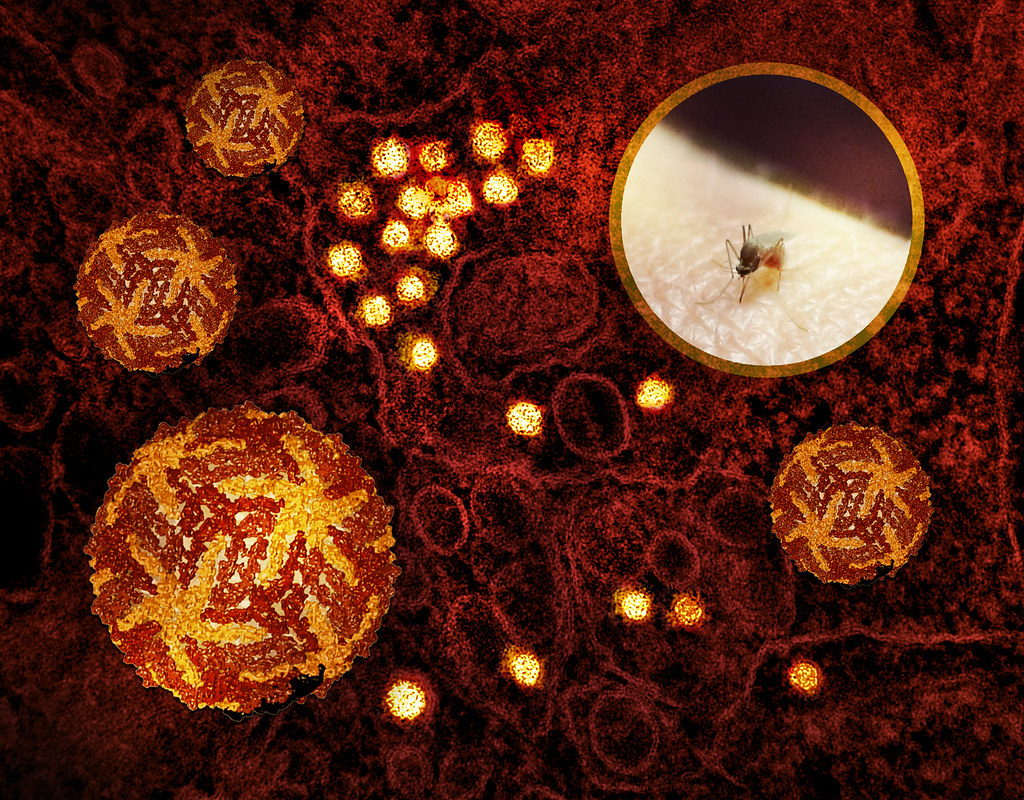Mosquitoes are not only annoying but can also be a health risk due to the diseases they transmit. Being able to identify mosquitoes in your area helps you take preventive measures and understand the types of mosquitoes that may be present. Knowing the characteristics of mosquitoes and their unique features can help you differentiate between various species and assess any potential risk they might pose.

 When identifying mosquitoes in your area, it’s helpful to know the species most likely to breed in certain habitats. For example, Anopheles mosquitoes tend to breed in clean, stagnant water, while Aedes mosquitoes often lay eggs in artificial containers and urban environments. Culex mosquitoes can be found in a variety of environments, from standing water in rural areas to storm drains in cities.
By recognizing mosquito habitats around your home, you can take steps to reduce breeding grounds and limit mosquito populations. Draining standing water, using mosquito nets, and planting natural repellents like citronella can help keep mosquito numbers in check.
When identifying mosquitoes in your area, it’s helpful to know the species most likely to breed in certain habitats. For example, Anopheles mosquitoes tend to breed in clean, stagnant water, while Aedes mosquitoes often lay eggs in artificial containers and urban environments. Culex mosquitoes can be found in a variety of environments, from standing water in rural areas to storm drains in cities.
By recognizing mosquito habitats around your home, you can take steps to reduce breeding grounds and limit mosquito populations. Draining standing water, using mosquito nets, and planting natural repellents like citronella can help keep mosquito numbers in check.

Common Characteristics of Mosquitoes
Mosquitoes share several common characteristics that make them easy to identify as a group. Mosquitoes are small, slender insects with long legs and a pair of wings. Most mosquitoes measure between 3 to 6 millimeters in length, though some species can grow larger. Their wings are often covered with tiny scales, giving them a slightly fringed appearance when viewed up close. One of the most distinguishing features of mosquitoes is their long, needle-like mouthpart called a proboscis, which females use to pierce the skin and extract blood. The proboscis is also used by both male and female mosquitoes to feed on nectar, their primary source of energy. Additionally, mosquitoes have antennae that are more feathery in males than females, as males rely on their antennae to detect the wing beats of females during mating. The buzzing sound mosquitoes make is another familiar feature. This sound is caused by the rapid movement of their wings, which can beat hundreds of times per second. Mosquitoes are typically more active at dawn and dusk, but some species can bite during the day as well.Features of Different Mosquito Species
While all mosquitoes share certain features, different species can vary significantly in appearance and behavior. The most common types of mosquitoes in many areas belong to three genera: Anopheles, Aedes, and Culex. Anopheles mosquitoes are often associated with the transmission of malaria. One identifying characteristic of Anopheles mosquitoes is their resting position; they tend to rest with their bodies angled upward rather than parallel to the surface. These mosquitoes are usually active during twilight hours and are most often found in areas near standing water, where they breed. Aedes mosquitoes are known for transmitting diseases like dengue, Zika virus, and chikungunya. Aedes mosquitoes can be identified by their striking black-and-white markings on their legs and bodies. Unlike Anopheles mosquitoes, Aedes mosquitoes are aggressive daytime biters and are often found in urban environments, especially near stagnant water sources like flowerpots or discarded tires. Culex mosquitoes are commonly found in both urban and rural settings and are best known for spreading West Nile virus. Culex mosquitoes are typically brown with unmarked wings and bodies. They are more likely to bite in the evening or nighttime, and like other mosquitoes, they prefer breeding in stagnant water. Culex species are less aggressive than Aedes mosquitoes but can still pose a health risk in areas where West Nile virus is prevalent.Identifying Mosquito Habitats in Your Area
Mosquitoes are most often found near standing water, as this is where they lay their eggs. Common mosquito breeding sites include ponds, marshes, puddles, and even small containers of water like birdbaths or neglected flowerpots. Areas with high humidity and warmth are also attractive to mosquitoes, as they thrive in these environments. When identifying mosquitoes in your area, it’s helpful to know the species most likely to breed in certain habitats. For example, Anopheles mosquitoes tend to breed in clean, stagnant water, while Aedes mosquitoes often lay eggs in artificial containers and urban environments. Culex mosquitoes can be found in a variety of environments, from standing water in rural areas to storm drains in cities.
By recognizing mosquito habitats around your home, you can take steps to reduce breeding grounds and limit mosquito populations. Draining standing water, using mosquito nets, and planting natural repellents like citronella can help keep mosquito numbers in check.
When identifying mosquitoes in your area, it’s helpful to know the species most likely to breed in certain habitats. For example, Anopheles mosquitoes tend to breed in clean, stagnant water, while Aedes mosquitoes often lay eggs in artificial containers and urban environments. Culex mosquitoes can be found in a variety of environments, from standing water in rural areas to storm drains in cities.
By recognizing mosquito habitats around your home, you can take steps to reduce breeding grounds and limit mosquito populations. Draining standing water, using mosquito nets, and planting natural repellents like citronella can help keep mosquito numbers in check.
Myths and Facts About Mosquitoes
Here are a some myths and facts about mosquitoes:| Myth | Fact |
| All mosquitoes bite humans. | Only female mosquitoes bite, as they need blood for egg production. |
| Mosquitoes are only active at night. | Some species, like Aedes mosquitoes, bite during the day, while others, like Culex, are more active at night. |
| Mosquitoes only live in warm climates. | Mosquitoes can be found in a wide range of climates, from tropical to temperate regions. |
| All mosquitoes spread diseases. | Not all mosquito species transmit diseases, though some are major vectors of illnesses like malaria and dengue. |
| Mosquitoes die after biting someone. | Unlike bees, mosquitoes do not die after biting; they can continue feeding multiple times. |




